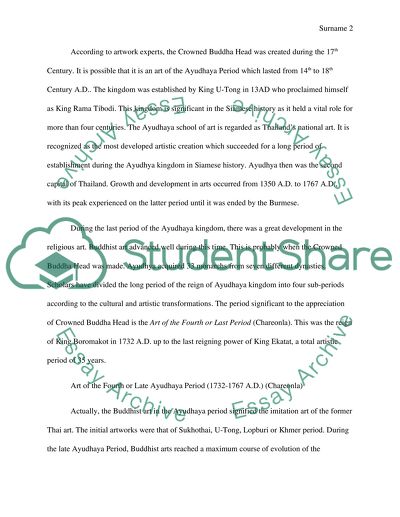Cite this document
(“Critique on the Crowned Buddha Head Artwork in LACMA Term Paper”, n.d.)
Critique on the Crowned Buddha Head Artwork in LACMA Term Paper. Retrieved from https://studentshare.org/literature/1451425-crowned-buddha-head
Critique on the Crowned Buddha Head Artwork in LACMA Term Paper. Retrieved from https://studentshare.org/literature/1451425-crowned-buddha-head
(Critique on the Crowned Buddha Head Artwork in LACMA Term Paper)
Critique on the Crowned Buddha Head Artwork in LACMA Term Paper. https://studentshare.org/literature/1451425-crowned-buddha-head.
Critique on the Crowned Buddha Head Artwork in LACMA Term Paper. https://studentshare.org/literature/1451425-crowned-buddha-head.
“Critique on the Crowned Buddha Head Artwork in LACMA Term Paper”, n.d. https://studentshare.org/literature/1451425-crowned-buddha-head.


